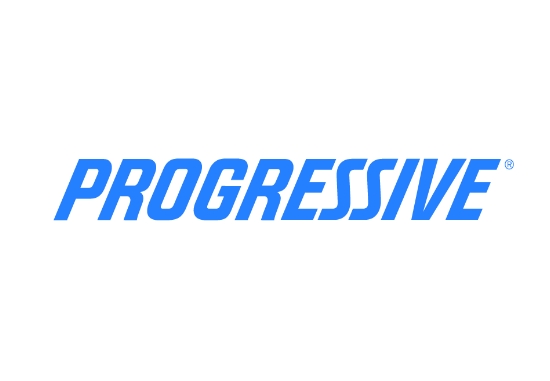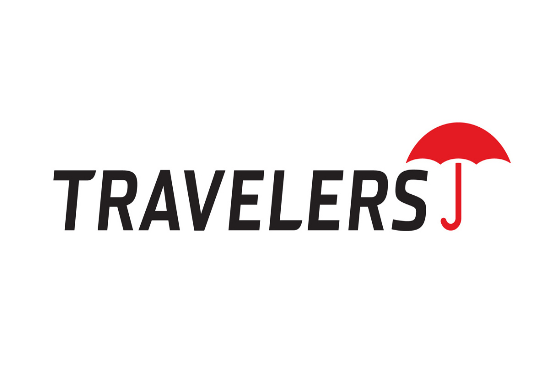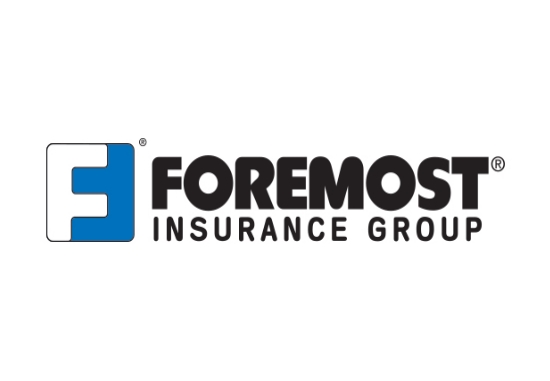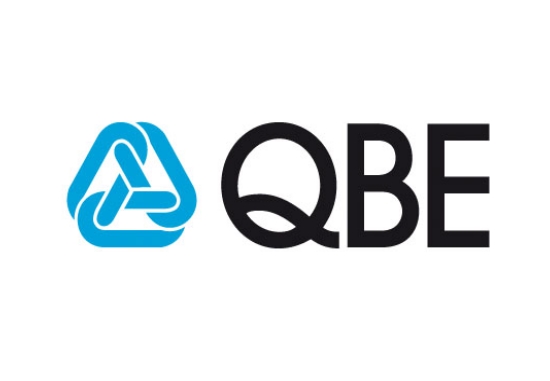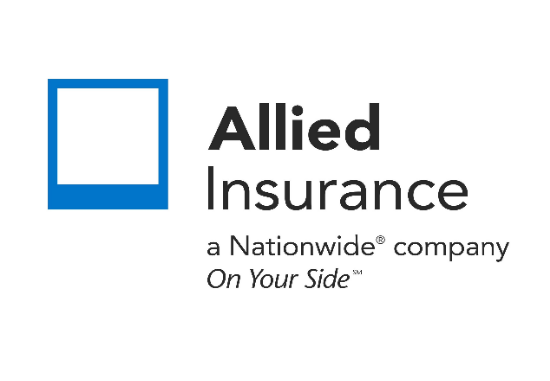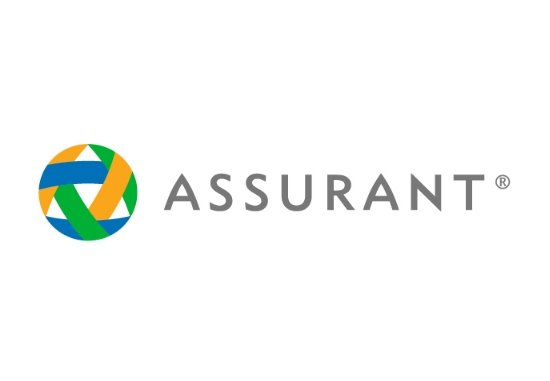Comprehensive Guide to Visions Insurance: Protecting Your Future
We will search the top carriers for you for the best offer.
Visions Insurance
Understanding vision insurance helps you budget for eye care, evaluate provider benefits, and save on corrective items. Here’s what vision plans typically include and how to choose the right one.
1. What Vision Insurance Covers
Most vision plans focus on:
Annual eye exams, often covered fully
Glasses or contact lenses, with an allowance of $150–$200/year
Frame and lens discounts beyond the basic allowance
Medical eye condition coverage, like glaucoma or diabetic retinopathy, depending on plan
LASIK discounts, even though the procedure is not covered fully
Vision insurance is designed to reduce costs on routine and elective eye care—not for general health care services.
2. Key Plan Features and Limits
Vision plans commonly include:
Benefit limits: Allowances typically reset yearly, with eligibility limited to in-network providers
Copayments: Often $10–$25 per exam or eyewear purchase
Frequency limits: One exam per 12 months, lenses and frames every 12–24 months
Tier options: Basic vs premium lens/frame tiers offering more choices for higher cost
Most vision plans do not track deductibles and typically have no or minimal cost-share.
3. Optional Add‑Ons or Medical Integration
Some enhanced plans or employer groups may include:
Vision coverage that extends into medical eye care, covering diseases or surgeries
Combined health/dental/vision policies that offer streamlined claims
Dependent discounts if adding children or spouses to a family plan
Upgraded vision care plans offer more comprehensive options beyond basic annual exams and eyewear benefits.
4. How to Choose a Vision Insurance Plan
Consider these factors:
Provider network: Wider networks give more frame and doctor options
Allowance status: A higher annual allowance lowers out-of-pocket costs
Upgrade flexibility: Some plans let you choose premium lenses or designer frames at a reasonable cost
Expedited health integration: If you have a chronic eye condition, know whether your plan collaborates with medical insurance
5. How to Maximize Your Vision Benefits
To get the most from your plan:
Use your vision exam and eyewear allowance early in the calendar year
Combine vision coverage with your medical or dental plans if possible
Confirm network providers in your area before enrollment
Track your use to avoid paying out-of-pocket after benefits reset
Summary Table
| Feature | Typical Coverage/Limit |
|---|---|
| Exam coverage | Annual exam often fully covered |
| Eyewear allowance | $150–$200 per year |
| Lens/frame upgrade option | Available with fee if needed |
| Medical eye condition care | May apply through medical plan |
| LASIK or elective discounts | Discounted but rarely covered fully |
Final Takeaway
Vision insurance provides affordable protection for exams and eyewear, typically with $150–$200 yearly allowances and minimal out-of-pocket costs. It works best when you select a plan that fits your preferred providers and covers premium options when needed.
Need help choosing a plan that balances cost, coverage, and network access?
With over 30 years of experience and access to nearly 100 providers, THAgency helps match you to vision plans tailored to your needs—quick, personalized, and no obligation. Submit your inquiry today for expert assistance.
vision insurance quote

Related Posts
Get a Right Insurance For You
SHARE THIS ARTICLE
We will compare quotes from trusted carriers for you and provide you with the best offer.
Whatever your needs, give us a call, have you been told you can’t insure your risk, been turned down, or simply unhappy with your current insurance? Since 1995 we’ve been providing coverage to our customers, and helping people across United States.

